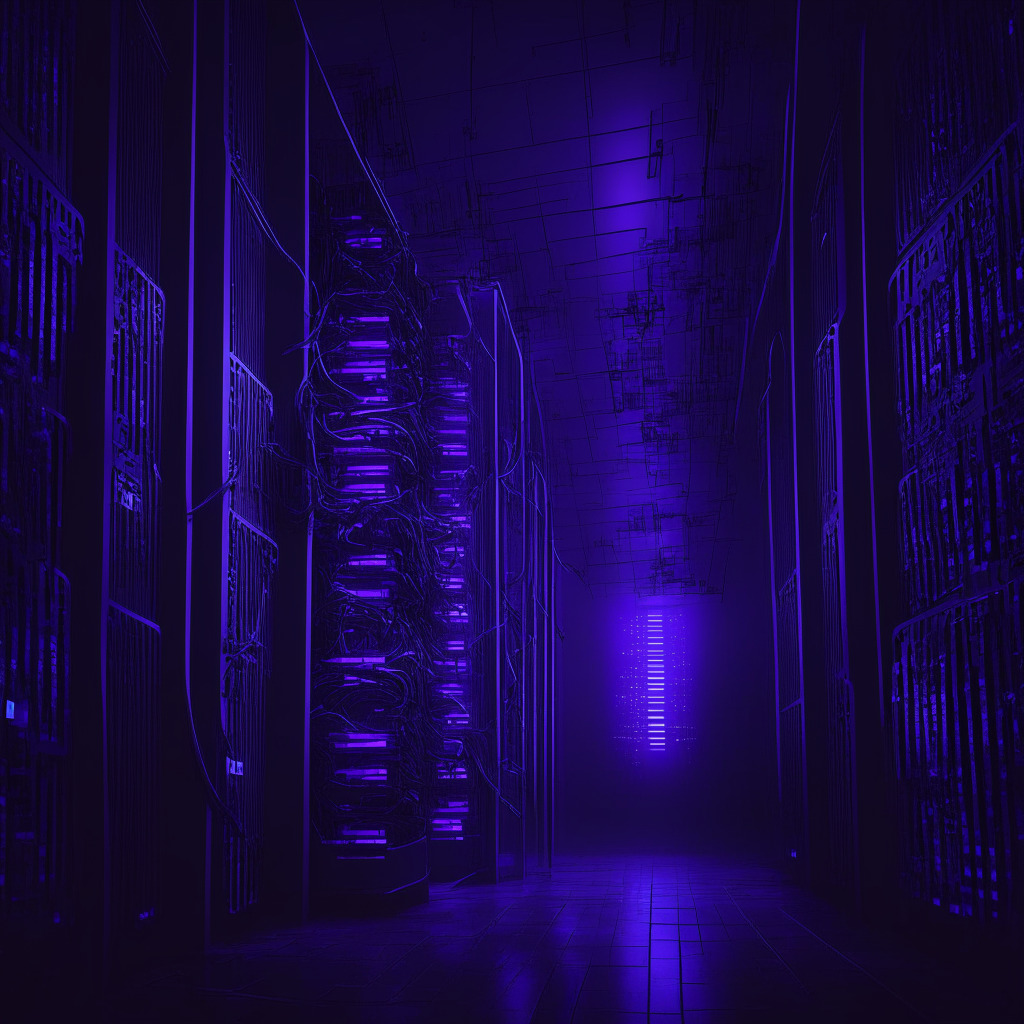The Bitcoin mining landscape is experiencing a significant shift towards renewable energy, a trend that’s seen a global player, Genesis Digital Assets Limited (GDA), opening up a new data center powered by hydroelectricity in Sweden. Being home to an abundance of renewable energy, the Scandinavian country offers an attractive proposition for miners, especially firms such as GDA, which places environmental sustainability at the top of their decision-making checklist.
Such a setup is potential proof that Bitcoin mining and clean, renewable energy can exist symbiotically. For instance, the Porjus data center, positioned near a hydroelectric power station in northern Sweden, sources all its electricity from renewable energy. The site reportedly houses around 1,900 Bitcoin mining machines and is expected to drive a hash rate of roughly 155 PH/s. Furthermore, the location’s total capacity is estimated to stand at approximately 8 MW.
However, if countries like Sweden are often avoided by miners due to high energy prices, their abundant surplus of renewable energy, along with instances of negative energy prices, add an element of attractiveness for Bitcoin miners, especially those with an environmental consciousness.
In support of this shift towards green energy, the CEO of Vattenfall, the biggest energy producer in Sweden, sees a promising future for cryptocurrencies, especially Bitcoin. The use of Bitcoin miners is also suggested as a potential solution for grid balancing, given the surplus energy often left untapped by remote hydroelectric and nuclear power stations.
Alas, the mining of Bitcoins is not without its critics and controversies. The European Central Bank has previously remarked on the large carbon footprint left by Bitcoin miners—yet, those defending the industry contest that Bitcoin mining takes up less than 0.7% of global energy. These conflicting viewpoints raise difficult questions about the potential of renewable energy in mining and its role in global energy consumption.
It’s worth noting that alongside the establishment of the new facility in Sweden, GDA operates another energy-intensive Bitcoin mining setup in Texas—which consumes up to 300 MW—and has recently opened another center in South Carolina. This international expansion reflects the compelling possibility of a global Darwinian shift towards locations that offer green, cheap, and abundant energy sources.
Lastly, while the physical presence of miners seems to propose a solution to the surplus energy issue, it remains to be seen whether the value added by their operations, particularly in terms of grid balance and stability, outweighs the intense energy consumption and carbon output associated with Bitcoin mining. Time will tell.
Source: Cointelegraph




